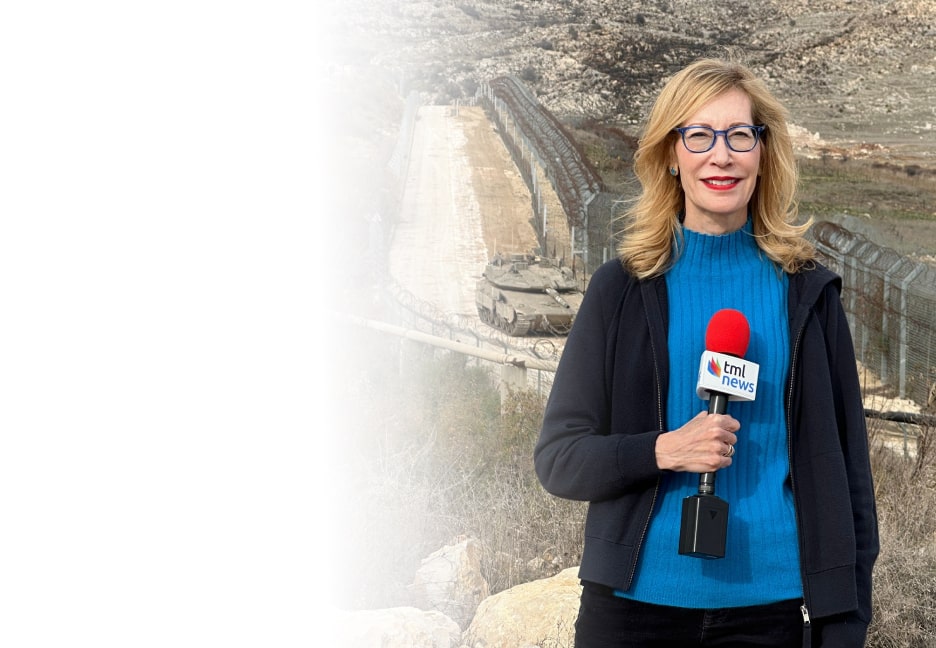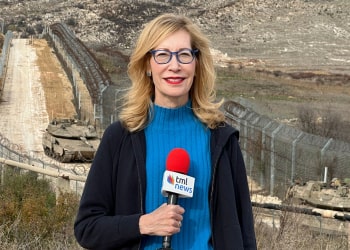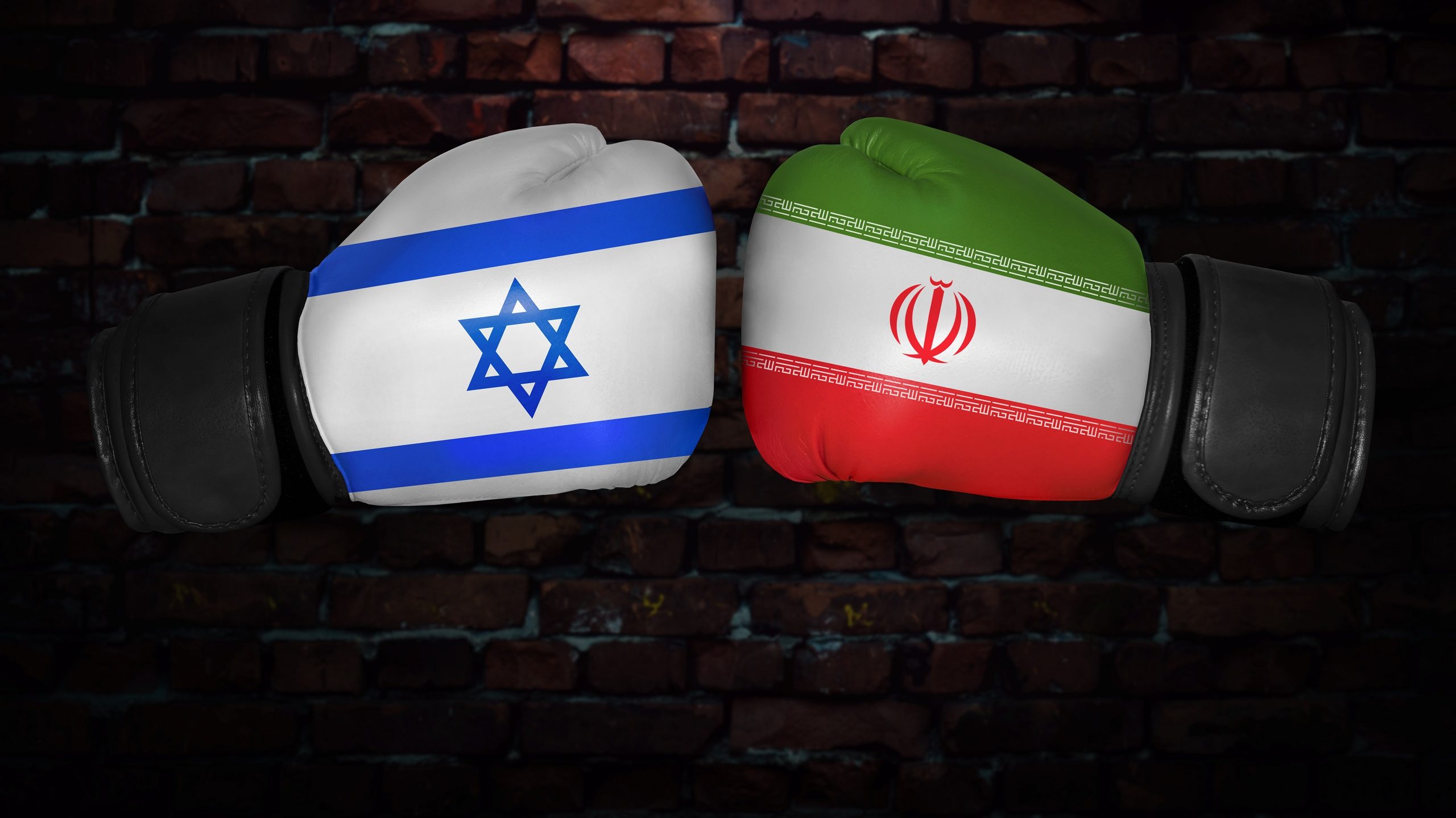A Historic Opportunity for Israel in Iran
Maariv, Israel, December 13
In a word: astounding; in two words: absolutely astounding. A mere glance reveals how the balance of power has shifted between Israel, the United States, and the Iran-led Shiite Axis of Resistance from the end of 2023 to their current dynamics at the close of 2024. This is a complete reversal in favor of Israel. A pressing question emerges: are prolonged conflicts counterintuitively advantageous for us and detrimental to our adversaries, challenging prevailing beliefs? The Iranian supreme leader delivered a speech this week that resembled an attempt to present a “case for punishment,” essentially seeking to mask their strategic embarrassment and profound strategic crisis under his leadership. In his address, he tried to justify how Iran’s foreign policy unraveled and how substantial financial investments in its Middle Eastern proxies were squandered. This is without even touching upon the profound psychological and cognitive blow suffered by Iran’s image and prestige as a regional powerhouse—a status it fancied for itself, especially in recent years. His principal rationale sounded like an attempt to deflect blame—suggesting that the debacle is due to a conspiracy by the US and Israel, major forces that allegedly colluded against Iran and instigated the uprising in Syria. Iran, on the other hand, had reportedly cautioned Assad, who allegedly ignored the advice. Iran cited examples, such as comparing tactical uniforms worn by Ukrainian President Zelenskyy to those worn by rebel leader al-Golani, accompanied by the cynical claim that the CIA, pressed by economic constraints, provides identical uniforms to its operatives—implying that both are American agents. However, rhetoric is one thing, actions are another. On the ground, the regional network of allies Iran meticulously developed, aiming for a regional balance of terror, has crumbled. Compounding this, air defense capabilities have been diminished, and the capacity to produce new missiles hampered—reminder, Israel struck Iran’s solid fuel facility. The implications seem stark—Iran, in strategic distress, seeks a “regime insurance policy” to restore a balance of terror, especially with the possible return of Trump to the US presidency, according to some Iranian media reports. It increasingly appears that Iran views nuclear capability as the sole long-term safeguard for its interests. The recent briefing from the International Atomic Energy Agency revealed that Iran has accelerated its enrichment of uranium to 60%, producing nine kilograms monthly—a notable increase from the three kilograms produced at the same enrichment level last June. Furthermore, Iran informed the IAEA that it modified nuclear production rates at its Fordow site to 60% enrichment last month. This assumption, together with the IAEA report, uncovers a noteworthy flaw and likely mirrors the ongoing developments—a determined Iranian push toward nuclear capability as the ultimate insurance for the regime, persisting at all costs, even if Iran temporarily halts in exchange for economic benefits. For Israel, the implications couldn’t be clearer. It must take decisive action to prevent Iran from achieving nuclear capability, seizing what appears to be a rare, decisive strategic opportunity to halt Iran’s nuclear ambitions, which could perpetuate the Shiite axis of resistance it leads. Israel’s response may extend beyond military objectives and capabilities, exerting a significant impact on the public consciousness within Iran. The transition from the military arena to the public sphere could include influencing the future of the Iranian regime. The events in Syria have laid bare Iran’s vulnerabilities. Its significant forward military base, staffed directly by officers (with Hezbollah as a key proxy staffed by non-Iranians), and the geographical linchpin of the Shiite resistance axis have been compromised without Iranian resistance, as its personnel retreat from Syria to Iraq and back to Iran. Images emanating from these events paint a narrative of “hollow” strength, exhibiting the weakness and frailty of Iran’s military power—the antithesis of the image Iran has long sought to project. The Iranian public perceives and comprehends these realities, and the underlying unrest in Iran may be waiting for a strategic spark. Such a spark could manifest through a large-scale attack on Iranian soil against its swiftly advancing nuclear facilities. We are currently in a unique period of strategic opportunity, at least until Donald Trump assumes office as the president of the United States, and perhaps for a short while thereafter. This window provides a critical moment to capitalize on Iran’s recent setbacks, which have not only weakened its military core but also exposed the growing dissatisfaction among its populace with the beleaguered regime. Seizing this opportunity could significantly disrupt Iran’s focus, limiting its capacity to bolster the strength of its proxies, particularly Hezbollah. This effort could finally yield tangible results. Coupled with Trump’s own brand of sanctions, we have a real chance to lay the groundwork for a new order in the Middle East, wherein the extremist regime in Tehran may struggle to regain its former influence. —Lt. Col. (res.) Amit Yagur (translated by Asaf Zilberfarb)
This holiday season, give to:
Truth and understanding
The Media Line's intrepid correspondents are in Israel, Gaza, Lebanon, Syria and Pakistan providing first-person reporting.
They all said they cover it.
We see it.
We report with just one agenda: the truth.



